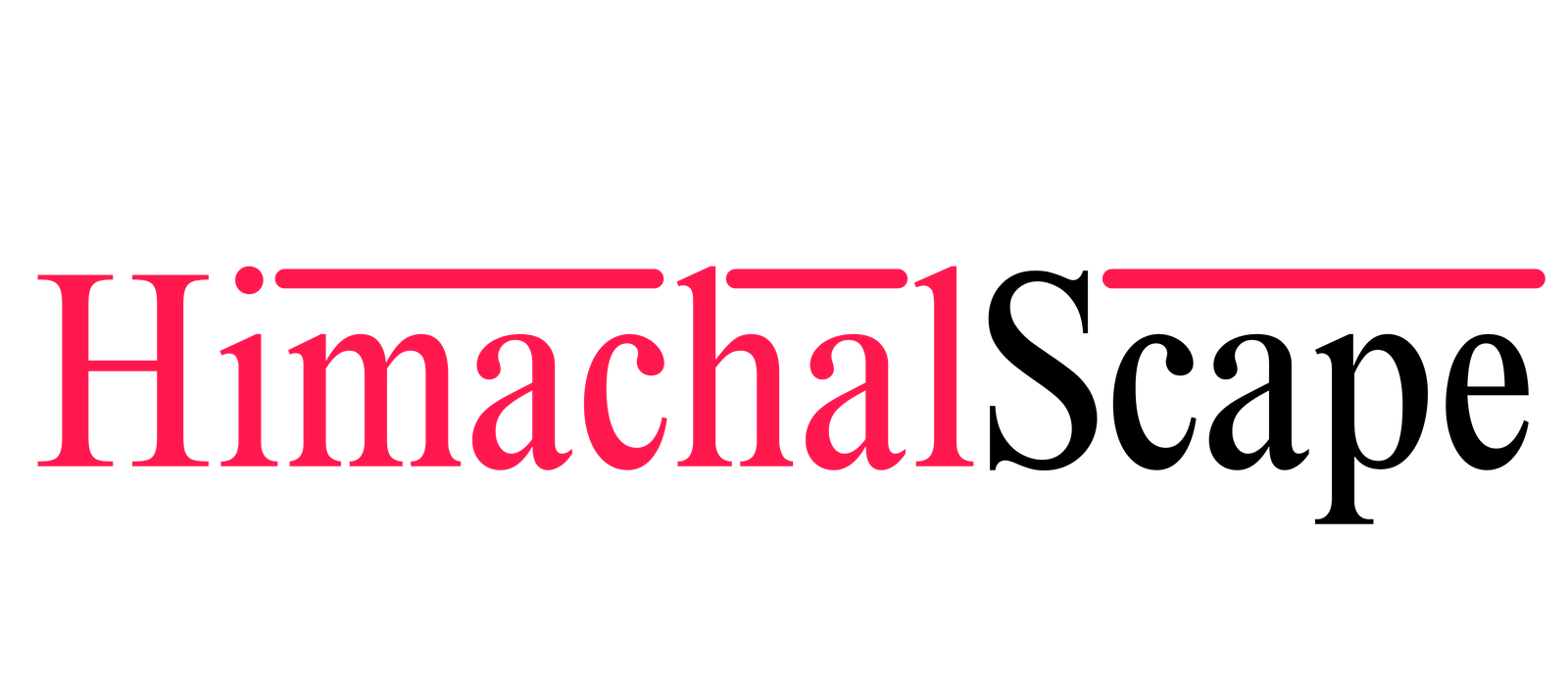Shimla, Nov 7,
In a significant public interest litigation (PIL) hearing concerning drug manufacturing practices in Himachal Pradesh, the High Court has issued critical observations on quality control and compliance with regulatory standards in pharmaceutical manufacturing. The case, involving multiple PILs heard by Acting Chief Justice Tarlok Singh Chauhan and Justice Satyen Vaidya. The court is examining systemic issues following the repeated failure of drug samples manufactured in the state, which is one of Asia’s major pharmaceutical hubs with over 600 manufacturing units.
In the suo moto PIL the court addressed deficiencies in adherence to India’s *Drugs and Cosmetics Rules, 1945*, particularly under Rule 71, which mandates manufacturers to maintain staff, premises, and equipment to ensure drug quality. Highlighting substandard testing practices, the court noted that many manufacturers rely on in-house laboratories for quality control, raising questions about the impartiality and reliability of testing results.
According to Rule 74(c), manufacturers are currently permitted to test drugs in their own laboratories or in labs approved by licensing authorities. The court expressed concern over this discretion, indicating that it potentially compromises the integrity of testing. Senior Advocate Rajneesh Maniktala argued for reinterpreting Rule 74(c) to mandate testing in both in-house and independent labs, rather than allowing either. The court deferred ruling on this matter until responses from the concerned respondents are ssubmittd.
The petition emphasized the need for stricter documentation and transparency in drug testing. It noted that the current formats for recording test results lack specificity, particularly regarding the identity and registration of testing personnel. The court suggested that records should include the examiner’s full name and registration number from the relevant Pharmacy Council to ensure clear accountability. Additionally, the court recommended that computer-generated analysis certificates include the digital signature of the examiner.
To enhance testing standards, the court also proposed that all laboratories, both in-house and third-party, obtain accreditation from the National Accreditation Board for Testing and Calibration Laboratories (NABL). Currently, this is not a mandatory requirement, potentially undermining the reliability of drug testing procedures.
Acknowledging recent amendments to Rule 96 by the Ministry of Health and Family Welfare, which require QR codes on Schedule H2 drug packaging, the court lauded this step towards transparency but questioned why it was limited only to Schedule H2 drugs. The court recommended that this requirement be expanded to all drugs to enhance consumer access to key drug details, including batch number, manufacturing and expiry dates, and license information. This QR code system, the court noted, could empower consumers to verify drug authenticity easily via smartphones.
In addition to the observations and directives, the court instructed respondents, including the State Drug Authority, to provide a copy of the *Mashelkar Committee* report, which offers a comprehensive examination of drug regulatory issues at the national level. This report is expected to inform the court’s understanding of systemic regulatory challenges and guide its recommendations for reform.
The court has scheduled the next hearing for November 19, 2024, by which time the respondents are required to file affidavits in response to the court’s observations.
Empower Independent Journalism – Join Us Today!
Dear Reader,
We’re committed to unbiased, in-depth journalism that uncovers truth and gives voice to the unheard. To sustain our mission, we need your help. Your contribution, no matter the size, fuels our research, reporting, and impact.
Stand with us in preserving independent journalism’s integrity and transparency. Support free press, diverse perspectives, and informed democracy.
Click [here] to join and be part of this vital endeavour.
Thank you for valuing independent journalism.
Warmly,
Vishal Sarin, Editor
